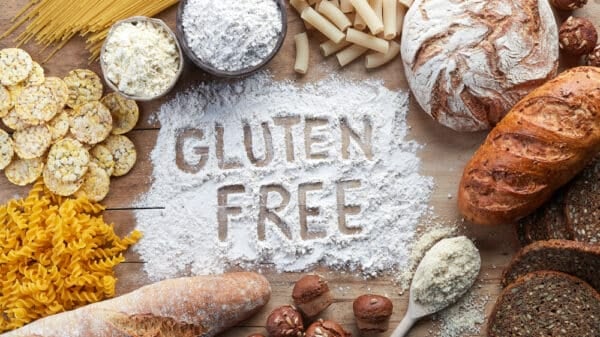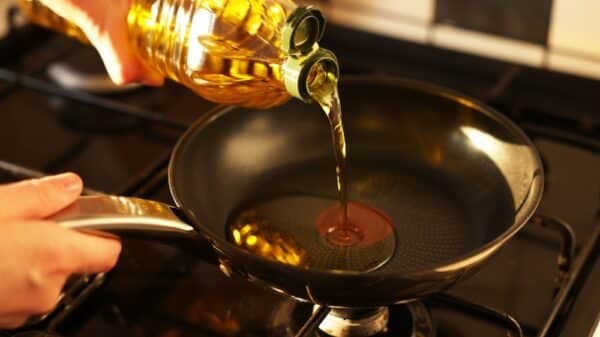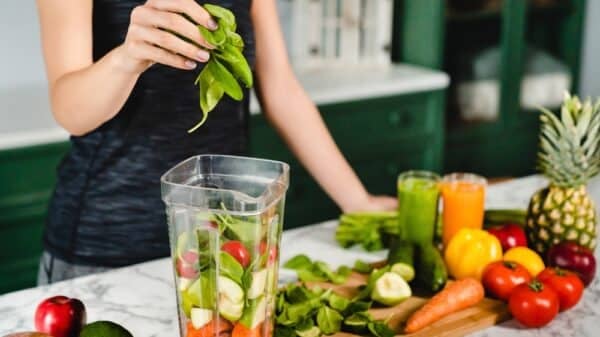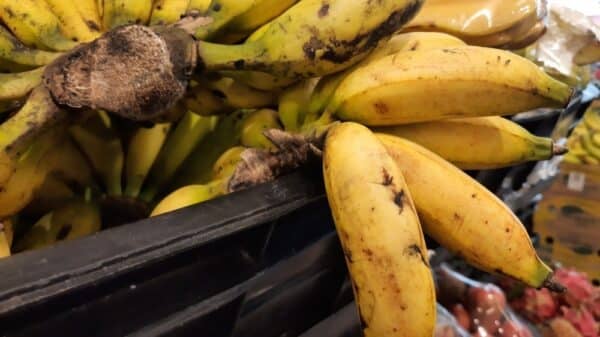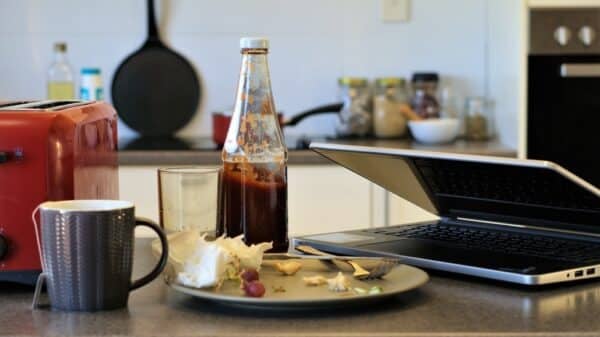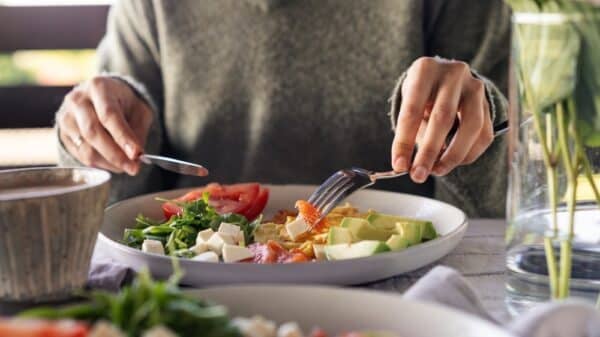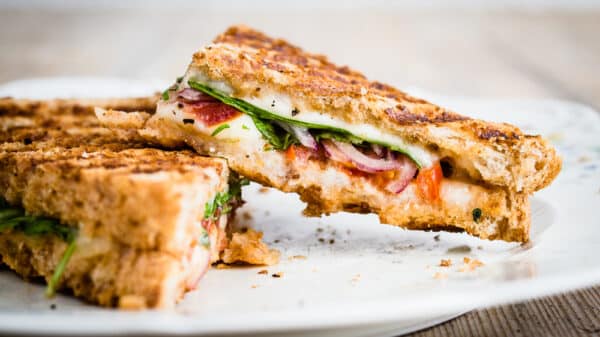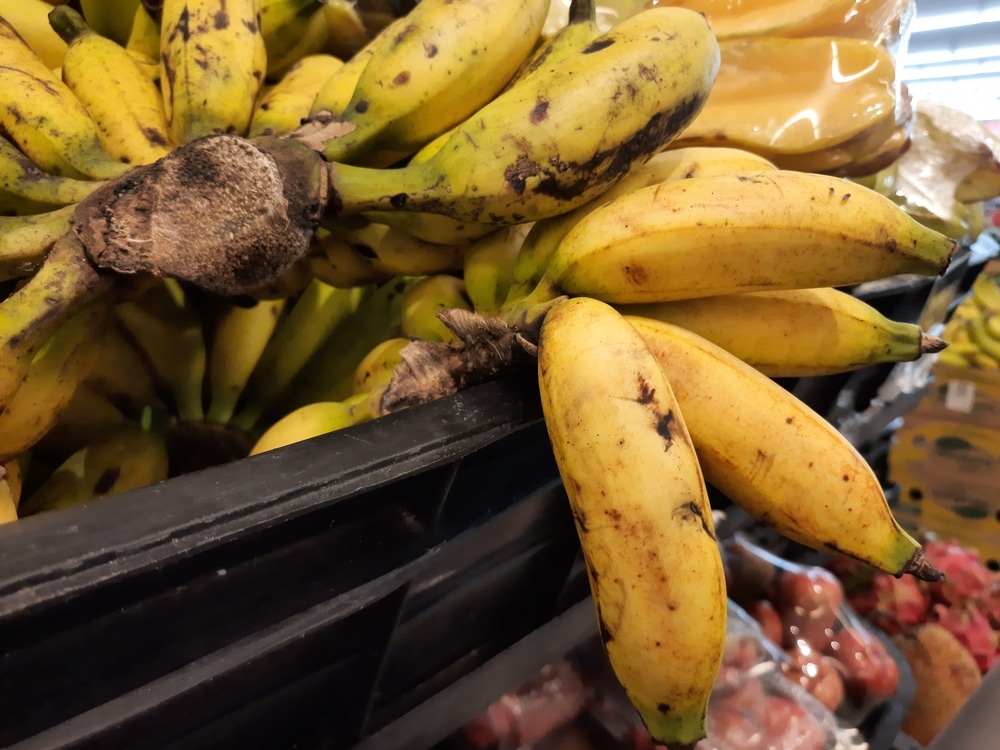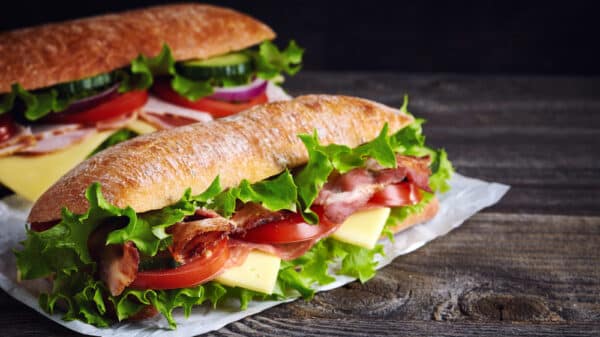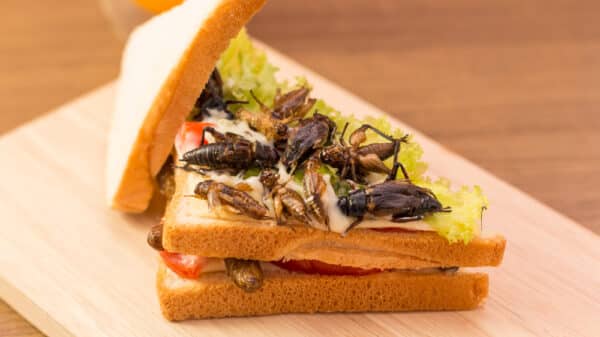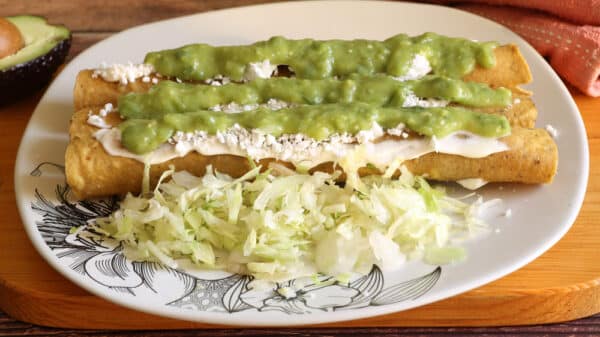Growing up, there was never a fruit more ubiquitous in my home than bananas. My mom swore by her method for speeding up the ripening process: tossing them into a brown paper bag and leaving them on the counter for a couple of days. It seemed simple enough, and, as a child, I took it as gospel. I can vividly remember peeking into that bag, half-excited to find the yellow fruit transformed from starchy to sweet. It’s a trick that seems to have woven its way into the fabric of countless homes, backed by a slew of articles claiming it’s the go-to hack for ripening bananas.
But what if I told you that classic advice may not be as effective as we once believed? As it turns out, I wasn’t alone in my quest for the elusive secret to perfect bananas—all it took was asking a few questions and consulting an expert. I reached out to Randy Beaudry, Ph.D., a postharvest physiologist at Michigan State University who specializes in plant biochemistry. We dug into the fascinating and often misunderstood world of banana ripening.
Let’s break it down! The ripening process for bananas actually begins long before they even hit our countertops. Distributors use specially designed ripening rooms to control the environment. When bananas arrive at large distribution centers, they enter a carefully monitored atmosphere where they’re exposed to ethylene gas—a natural plant hormone. Beaudry explains that these rooms are set to specific temperatures to kickstart ripening. Within just a day, bananas are primed and ready by the time they land on the grocery store shelves, so no amount of paper bag hustle can outpace the professional setup.
Now, let’s return to that famous paper bag trick. Many people assume bananas are major ethylene producers, which is why enclosing them in a bag will amplify the effects. However, Beaudry debunks this notion flat out, stating that bananas produce very little ethylene. “It’s almost meaningless,” he says. This myth may have circulated because we wanted a quick and easy solution, but science does not lie: bananas simply aren’t the ethylene powerhouses we thought they were. So while we might wish a simple method would work, it’s not anything close to that straightforward.
So how can we actually speed up the banana ripening process? Here’s the scoop: heat is your best friend. Placing bananas in a warmer environment can accelerate ripening more effectively than trapping them in a paper bag. If you want to try this out, find a cozy, warm spot and maybe even use the paper bag as a secondary aid to retain that heat.
You might also have heard about some folks covering the crown of the banana in plastic wrap to help them ripen faster. It turns out that this tip is based more on myth than science. Beaudry flatly calls it “baloney.” This idea likely emerged as a marketing gimmick to sell those fancy caps. The reality? There’s no magic to wrapping the crown; it’s not where the ripening action happens.
Now, once your bananas do reach that perfect state of ripeness, you might be wondering how best to store them so they don’t go bad too quickly. One simple solution is to pop them in the refrigerator. It’s true that the peels may take on a grayed appearance, but rest assured, the fruit inside is still delicious. Beaudry explains that refrigeration can slow down the banana’s metabolism, which helps preserve its freshness inside. But beware: once you take them out of the cold, they’ll come to room temperature and start overripening quickly. So, consume them or bake some delicious banana bread soon after!
In the end, the takeaway is simple. Those banana ripening rooms at distribution centers do most of the hard work for us. And while the beloved paper bag strategy is well-intentioned, it’s not the magical solution people believed it to be—unless, of course, you’re using it in conjunction with some heat. So maintain a watchful eye on your bananas, control the temperature, and embrace the utility of your fridge to enjoy their flavor at its peak. And if you find yourself with overripe bananas, there’s always that comforting option of whipping up banana bread, a sweet consolation for any missteps in the ripening process.
Image Source: lensaraja / Shutterstock

